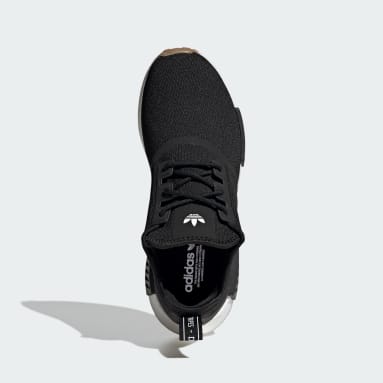how shoe sizes work
Many people who are shopping for shoes are often confused about how shoe sizes work.
As a general rule, the larger the size number, the longer it is expected to take for your child to grow into it.
This means that your child will most likely be able to wear children's 12, but not children's 13 or 14.
Image source: https://www.amazon.in/
But keep in mind that every manufacturer has different standards and they may not correspond with others. For example, Nike may have smaller sizes available in their range and many local stores like Payless offer half sizes as well.
Besides, the shoe manufacturers use their own terms when it comes to shoe sizes. For example, some companies refer to a 12 children's size as a "Child" size and others might call it an "Infant" size.
The following tips will help you get the best fitting shoes for your child:
1) Measure your child's foot once in a while:
There are more than 30 pairs of arch types and more than 30 heights on each foot. So, always measure feet and feet while they are standing flat on the floor. Take one step forward and one step back. This will give you the right sizes for your child's feet in all three aspects - length, width and arch height.
2) Don't rely on the manufacturer's instructions:
Every manufacturer has its own instructions for measuring for shoes sizes. Most of them are different and might be outdated. Manufacturers often have different specifications for children's shoes, so follow the manufacturer's instructions.
3) Do not rely on shoe box sizes:
Make sure your child can wear a shoe box! Many people keep their old children's shoes in storage and purchase new ones without actually trying them on. And do not get carried away by the numbers on the boxes or advertising with pictures of tiny feet! Go to one store and try out your child's new size before purchasing it in another store, if necessary.
4) Shoes should fit snugly but comfortably:
Image source: https://www.adidas.com/
Make sure that the shoe's toe-box fits your child's foot well. You may have to bend the shoe slightly with your fingers or push down on the heel for it to give a perfect fit. (See picture below)
5) Match shoes to socks:
Always try on a new pair of shoes before putting them on your child. They need to feel good and "fit in" with your child's feet without being too tight or slipping off.
6) Look for toe room:
Babies don't walk until they are at least a year old. Babies who are walking might walk in floppy shoes and might not use them for very long. Hence, it is important to make sure that their toes have enough room to move around and grip the floor safely.
7) Shoe size check list:
Make sure your child can bend fully: If a shoe size indicates that it is appropriate for children aged 4-5 years, children who are five years old or older should be able to bend fully while wearing the proper size shoe. This is because they do not need shoes that fit well when they are very young.


Comments
Post a Comment